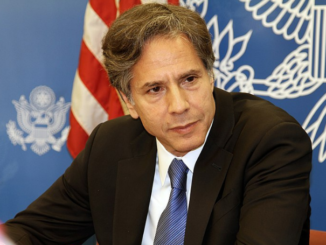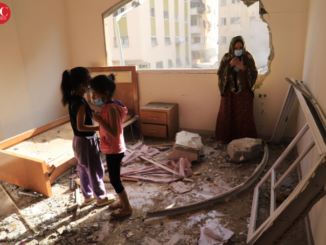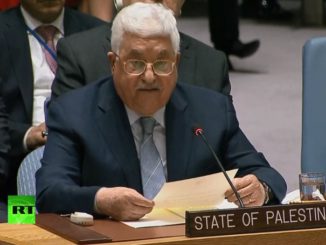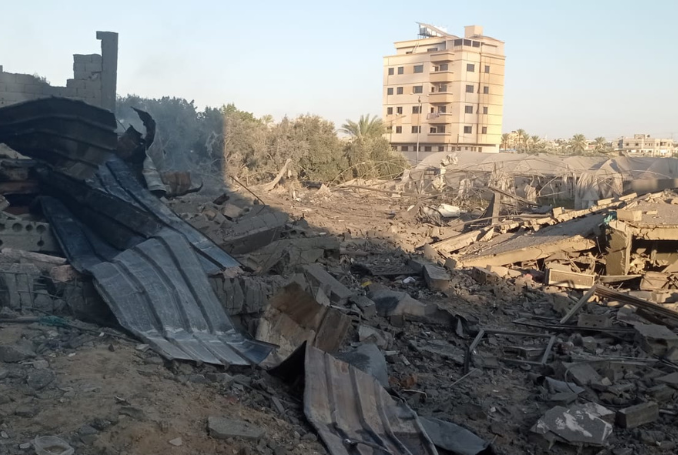
The Palestine Chronicle spoke with two residents of Nuseirat and Bureij, who explained their feelings of despair in the face of the enormity of the devastation left behind by Israeli troops.
In early November, following weeks of devastating military operations in northern Gaza, the Israeli military invaded the central regions of the war-torn Strip.
Under heavy aerial bombardment, Israeli tanks and bulldozers pushed deeper and deeper in the central regions, including the Nuseirat and the Bureij refugee camps.
Israeli forces only withdrew in early January, leaving behind a path of death and destruction. Only then, Palestinians could gradually begin to return to their homes.
The Palestine Chronicle spoke with two residents of Nuseirat and Bureij, who explained their feelings of despair in the face of the enormity of the devastation left behind by Israeli troops.
‘My Wife of 37 Years’ – Gaza Survivors Speak of Love and Loss
A New Nakba
“The occupation altered the very geography of the Nuseirat refugee camp,” Hajjah Wafa al-Taweel told The Palestine Chronicle.
“From the entrance of the camp, we can clearly see the Bureij and the Maghazi camps. We see destruction everywhere. Israel bombed dozens of houses, demolished them, and pushed the residents away. We feel that the whole area has been turned into a large desert,” al-Taweel said.
“We walk through the camps as if we were entering them for the first time. The destruction is immense, and many houses have disappeared,” she continued.
“Entire neighborhoods have been wiped out by the occupation, which left behind a great deal of destruction after its withdrawal. These are not the camps we know, where we have lived since the Nakba (catastrophe) of Palestine in 1948,” al-Taweel lamented.
“This is a new Nakba, even harsher than the first catastrophe of Palestine.”
A Desert of Destruction
“A desert of destroyed buildings, this is what they left,” Dr. Yunis Ya’qoub told The Palestine Chronicle.
“During their invasion of the Bureij refugee camp, Israeli forces destroyed many neighborhoods, excavated the demolished houses, removed the rubble, and placed it elsewhere,” he explained.
Zionism and the Annihilation of Gaza: The Problem in Palestine is Not Political, but Ideological
“The streets have changed, and entire areas have become a desert, especially the southern area of the Bureij camp. The occupation deliberately changed all the topography of the area,” Dr. Ya’qoub said.
“I have a piece of land south of the Bureij camp. When I went there, following Israel’s withdrawal, I could not locate it exactly, because everything was destroyed, and everything had been excavated. There are no clear landmarks for the area, only destruction and traces left behind by the Israeli military vehicles.”
(The Palestine Chronicle)
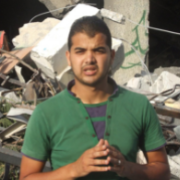
– Abdallah Aljamal is a Gaza-based journalist. He is a contributor for The Palestine Chronicle from the Gaza Strip. His email is abdallahaljamal1987@gmail.com



